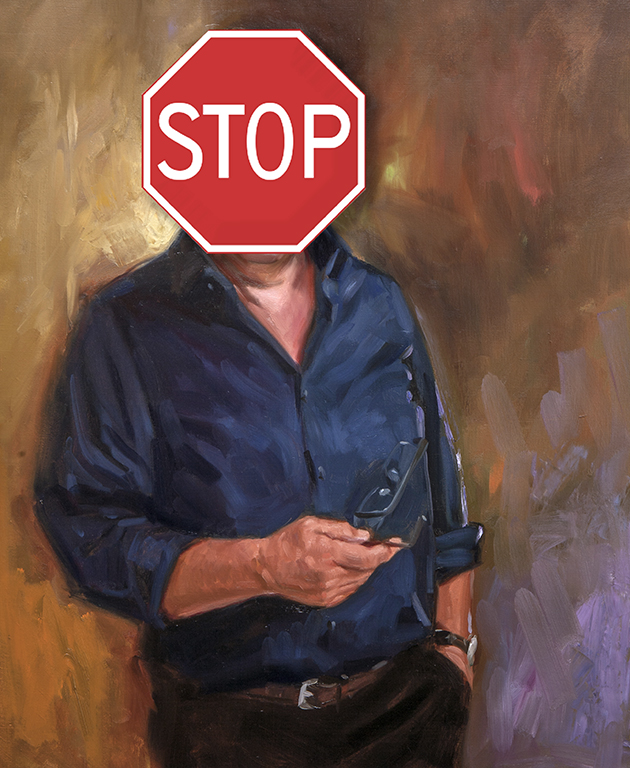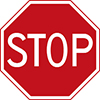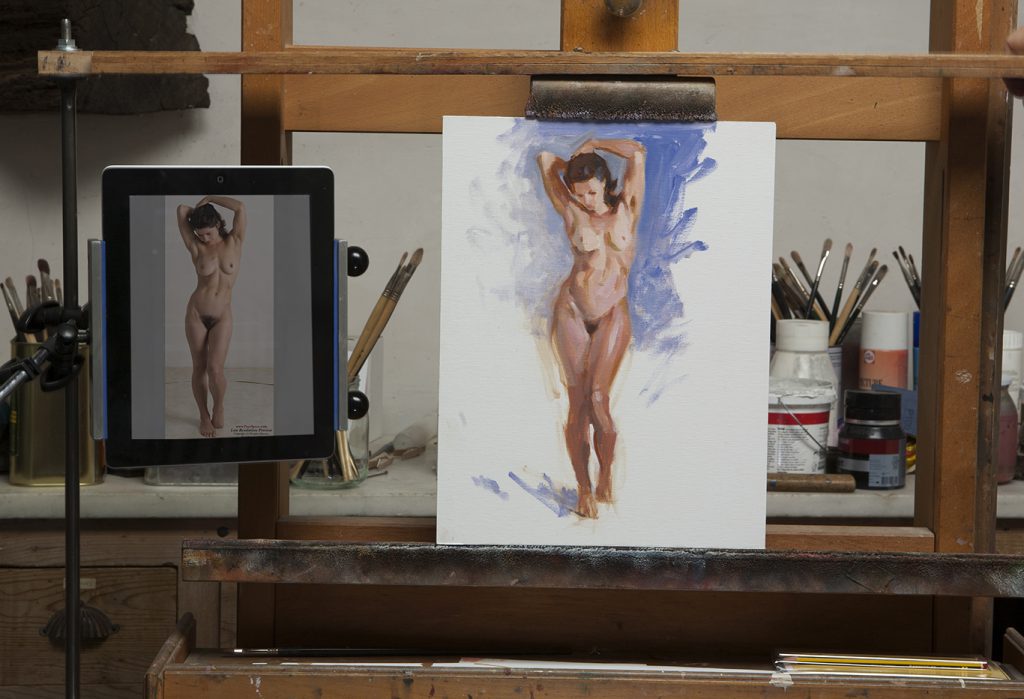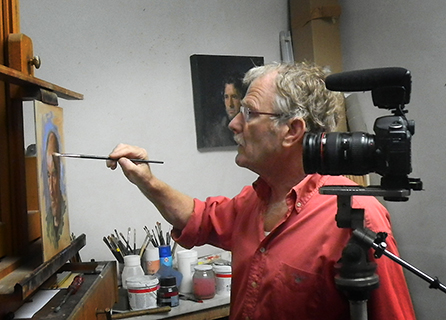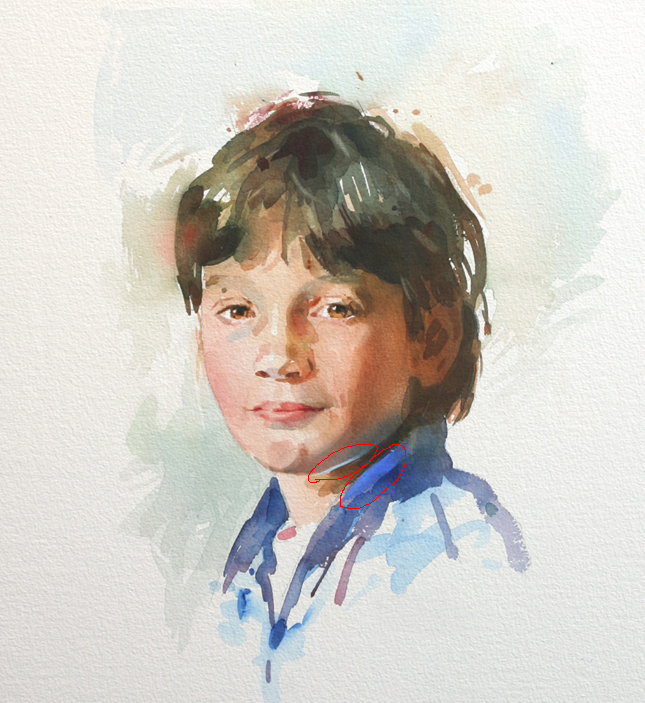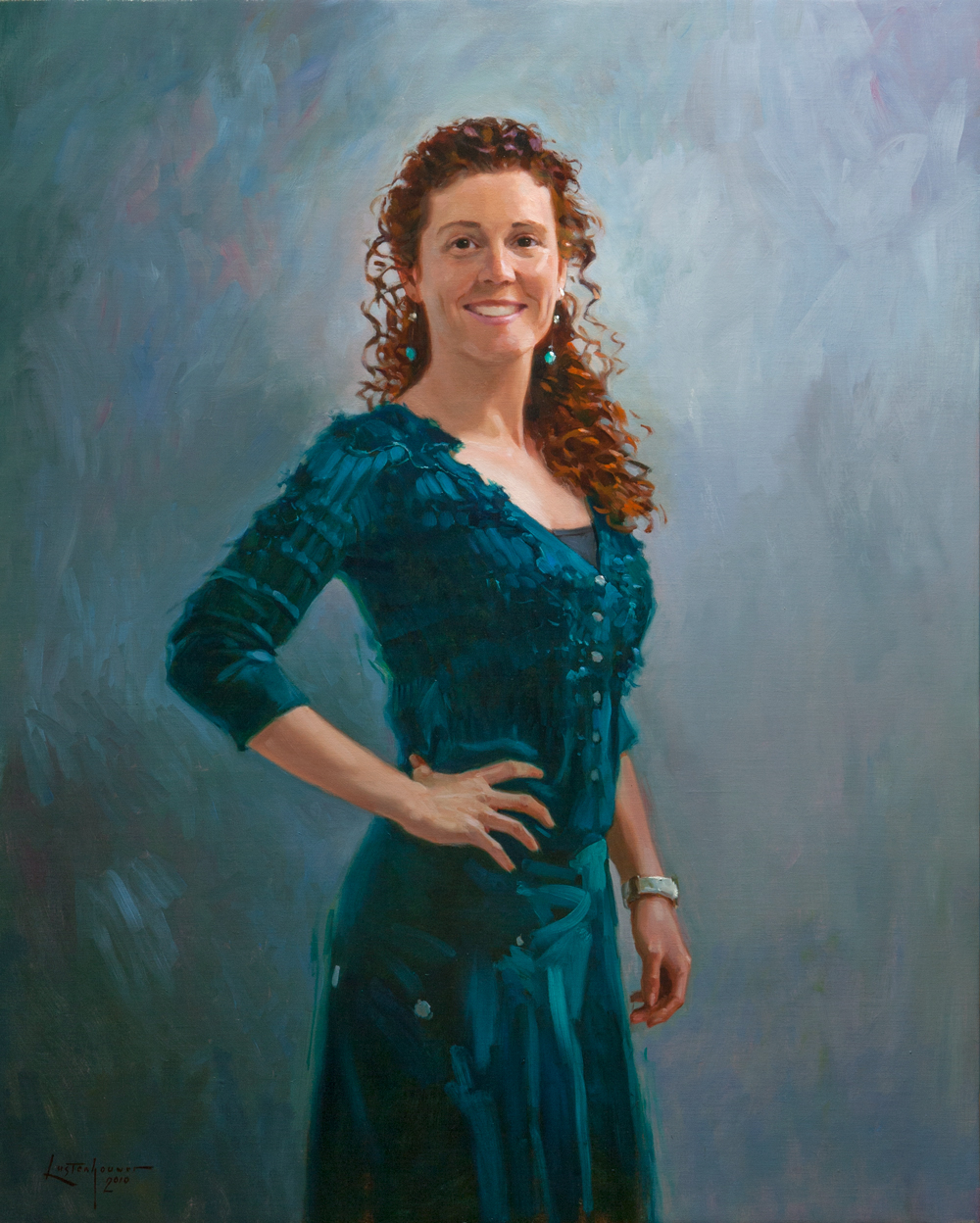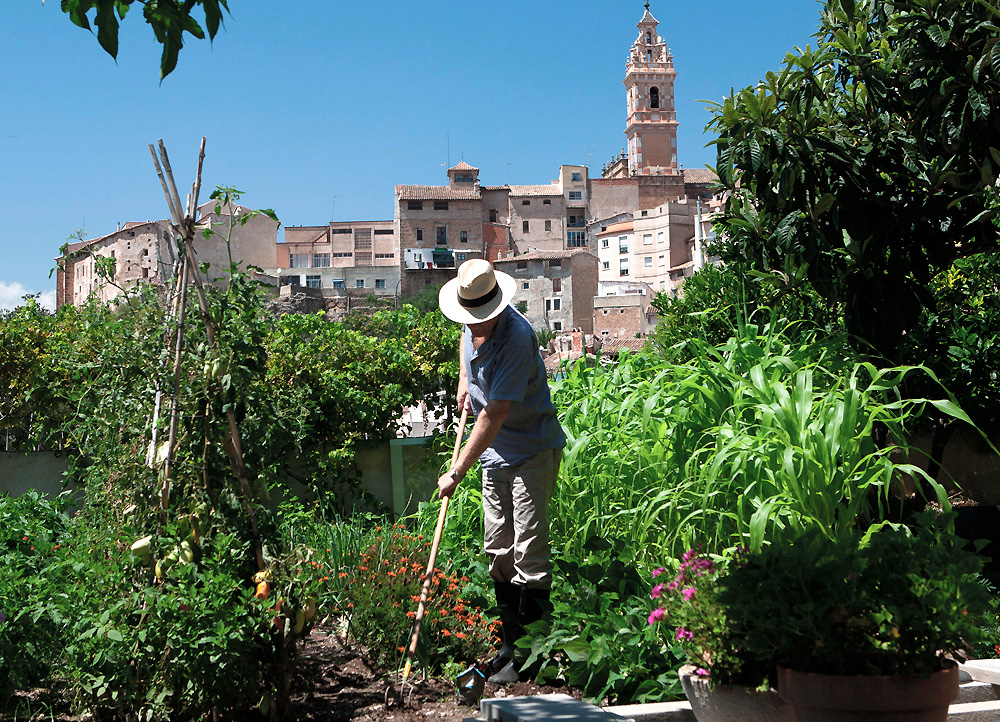Rarely an artist wants to talk about it and certainly not show it : A failed job. You would rather share a glorious victory, than admit your loss. Even though you’re a successful painter, every so often it happens that you might get stuck. With non-commissioned work it does not necessarily have to lead to a problem, but when it comes to a commission it surely does. The client expects a top performance from you. I assume that you yourself are many times more critical than the client. (If not, you need to seriously doubt your artistic attitude).
I speak from experience: failing is more common than you might think. I wrote recently about this and I come back to it because it is an important fact. Why? I am convinced that you learn more from your failures than from your successes. What do you do in such a case?
Don´t keep muddling on and painting like a headless chicken, hoping that the problem will correct itself with a fluke. Lay down your brushes and stop.
Don´t panic; analyze the failure.
- Was I in good mental shape?
- Were my materials in good condition: paint, canvas, brushes?
- Was I suitably equipped for the job?
- Did I started on time?
- Was my palette set up well?
- Was I using the right colours?
- Etc
- Etc
- Etc
- Etc
My statement for this week: You always feel as good or bad as your last painting.

